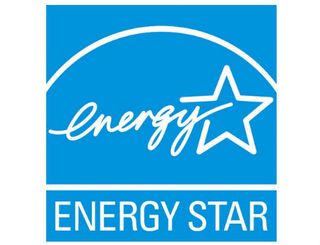Report: Set-Top Power Program Paying Off

A new independent audit found that a voluntary set-top energy savings agreement inked in 2012 has saved consumers more than $500 million over a two-year period.
The report, from D&R International, said the improved energy efficiency achieved by set-tops in 2013 and 2014 also avoided nearly three million metric tons of carbon dioxide emissions during that span.
Last year's report by the same outfit found that the voluntary pact had saved consumers about $168 million in energy bills, and nearly 842,000 metric tons of carbon dioxide.
“This progress is really important because set-top boxes were estimated to draw $3 billion worth of electricity annually in 2012,” Noah Horowitz, senior scientist at the Natural Resources Defense Council, noted in this blog post about the latest audit results.
U.S. pay TV firms, consumer electronics manufacturers and energy efficiencies advocates announced the voluntary set-top energy conservation program in 2012.
The new report said a major driver of energy cost savings was a 33% decline in the weighted average of energy consumption of DVRs, the biggest energy-sucker in the set-top box category -- over two years.
By comparison, the report found that there was a 13% decline in weighted average energy consumption in non-DVR boxes from 2012 to 2014, and a 44% decline on “thin client” boxes. The outlier was the Digital Terminal Adapter -- simple one-way digital-to-analog converter boxes used by MSO to fuel all-digital upgrades -- which saw a 26% increase. The report noted that most DTAs purchased in 2013 and 2014 included HD and advanced video processing capability, which increased energy usage, but also found that 100% of the models purchased in 2014 still met the Tier 1 (Energy Star version 3.0) energy efficiency standards.
Multichannel Newsletter
The smarter way to stay on top of the multichannel video marketplace. Sign up below.
Overall, 95% service provider set-top purchases in 2014 met the Energy Star Version 3.0 standards, a 12% increase from 2013, the first year of the voluntary agreement, and those boxes use about 14% less energy than boxes previously issued by the service providers, the report said.
Additionally, 62% of service providers’ set-top box purchases last year (a 32% increase from the year before) already meet a set of Tier 2 energy efficiency levels, which will be the new baseline for the 90% procurement commitment in 2017.
“The Voluntary Agreement on set-top box energy efficiency is yielding energy savings for consumers and the nation,” said Jennifer Amann, Buildings Program Director of the American Council for an Energy-Efficient Economy (ACEEE), in a statement. “New set-top boxes offer updated designs and new features while reducing energy use and consumer energy bills. By meeting the commitments of the Voluntary Agreement, pay-TV companies are demonstrating that energy efficiency and product innovation go hand in hand.”
“The second Annual Report is further proof that rigorous, voluntary, private sector-driven agreements can provide comprehensive energy and related-cost savings for consumers and the country,” added Doug Johnson, vice president, technology policy, Consumer Electronics Association. “This report – an important deliverable of the Voluntary Agreement – offers transparency, public accountability and objective updates on our progress toward greater energy efficiency for pay TV set-top boxes.”
“The significant energy savings that have resulted from this voluntary industry agreement show how strongly committed the cable industry is to finding creative ways to improve the overall consumer experience,” said Neal Goldberg, general counsel for the National Cable & Telecommunications Association. “We will continue to work with our vendor community and other stakeholders to explore ways that set-top boxes and other equipment can become even more energy efficient.”










